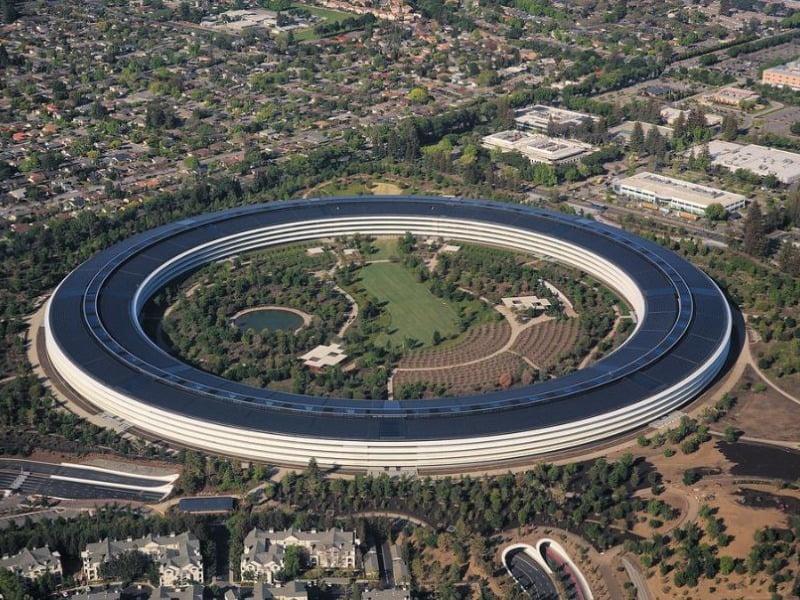The federal government is working with Apple to improve functionality of its contact tracing app on iOS devices, with confusion over how effective it currently is on the Apple iPhone.
The COVIDSafe app was launched on Sunday by Health Minister Greg Hunt, with a model based on the Singapore government’s TraceTogether service. That Singapore app has been plagued over issues on iPhones, with the developers telling users to keep the app open and their device unlocked for it to function effectively.
This is due to Apple’s restrictions on background apps using Bluetooth, the technology used to record close contacts between users of the app.
The Q&A page for Australia’s contact tracing app initially also suggested that iPhone users should place their unlocked devices face down with the app running for it to be effective.

This was soon removed and replaced with new advice: “Keep COVIDSafe running and notifications on when you’re out and about, especially in meetings and public places.”
The Health Department’s help page on the issue says that the app works on both Android and iOS devices but “must be running in the background”. It also says that other apps can be used at the same time.
It’s understood the COVIDSafe app can function in the background on an iPhone but its performance will be impacted by the number of other devices also using Bluetooth, and may be turned off by the phone or if it enters into low power mode.
Department of Health chief information officer Daniel Keys said there are a number of factors impacting how well the app works on iOS devices.
“It’s quite dependent on the phone, the settings, the battery and the power of the phone. What we see is the more things you have open the more interference that’s possible within the signals and the reduction in the Bluetooth strength, which affects the accuracy,” Mr Keys told media on Monday afternoon.
Users on iPhones will receive regular push notifications telling them to have the app open and running.
Government Services Minister Stuart Robert said the contact tracing app does work when an iPhone is locked, an improvement on the Singapore version.
“To be effective, users should have the app running in the background when they are coming into contact with others. Your phone does not need to be unlocked for the app to work,” Mr Robert said in a statement on Sunday.
The confusion around iPhones may soon be a moot point, with Apple and Google on the verge of releasing its API for contact tracing on Android and iOS devices. This will include an exception to Apple’s hardline stance on background apps using Bluetooth for official government health authority apps.
It is understood the federal government is looking at updating its own app to include the Apple workaround, and Mr Keys confirmed it has been in discussions with the tech giant.
“We’re working with Apple and Google on their functionality to ensure it can be consumed by the app to improve its performance,” he said.
That API is expected to be released by Google and Apple this week, while the tech giants are also working on baking Bluetooth contact tracing into the actual operating systems of these devices.
Shadow assistant minister for cybersecurity Tim Watts said it is unclear why the government chose to release its contact tracing app just days before a fix was available for the iPhone issue.
“It’s not clear to me why the government hasn’t waited to incorporate the Apple-Google API into its offering,” Mr Watts told InnovationAus.
“We’ve seen other governments around the world, including Germany overnight, make that decision to delay and to incorporate the Apple-Google API from the outset. The Australian government has made a different decision,” he said/
Having initially poor functionality on iPhones – the most popular smartphone model in Australia – could impact the long-term usage of the app, Mr Watt said.
“The ultimate success of this app will be a marathon and not a sprint. What matters here is we get as many Australians as possible installing this app and then keeping it installed on their phone and used in a way that allows the app to perform its contact tracing role,” he said.
“We’re still learning about the way that works on the iOS system today. I think the proof will be in the pudding so to speak on the user experience and how that effects takeup.”
“The evidence from Singapore seems to be that an app with a poor user experience affected takeup rates of the app. The Australian government has said it has a workaround for those issues so we’ll see how effective that workaround is in the coming weeks.”
Mr Keys was asked about this at a press conference, but said Apple and Google are still some time away from getting the tracing functionality in-built in devices.
“They are working to introduce a native function to perform contact tracing. That is some way away. There’s no definitive date on that so we moved forward to provide a capability that can support the government’s agenda to allow us to then introduce a capability that can support the government’s agenda to allow us to then introduce a capability we can build on when the Apple and Google functionality comes in,” Mr Keys said.
“That capability is being built into their operations systems and will only be available to those people who upgrade. For some people the phones will not handle the upgrade.
“We need to cater for a diverse range of users out there and provide solutions for as many people as possible.”
While that functionality is not expected until mid-May, Apple and Google will be releasing the API and framework for Bluetooth contact tracing within days.
Do you know more? Contact James Riley via Email.

